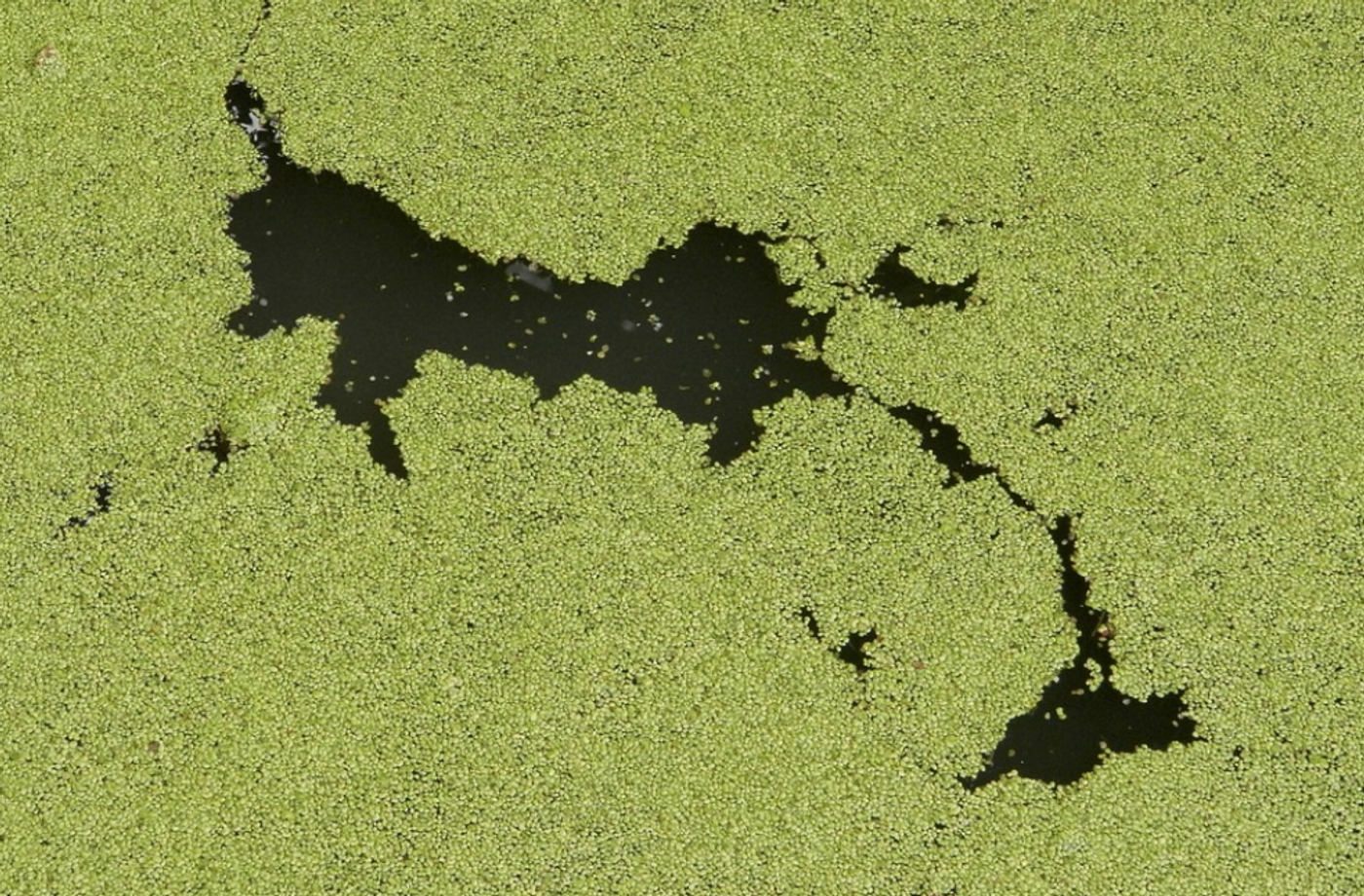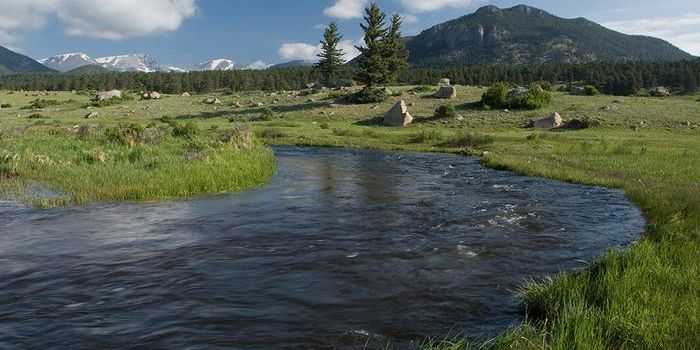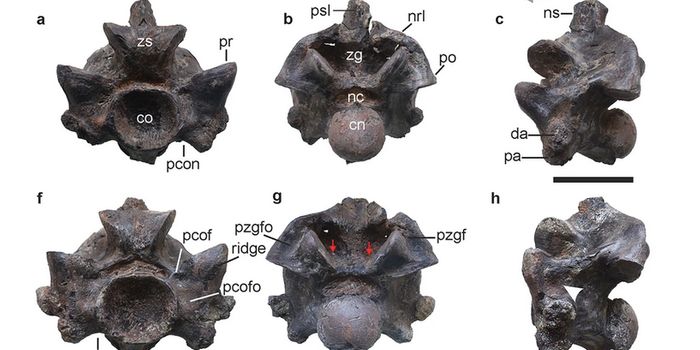Scientists Create an Algae-Based Biodegradable Plastic
About half of all of the plastics in the world have been created in only the past 15 years, and we are now swimming in the stuff. This tough material is made from petroleum-based chemicals, and is extremely durable. It is so durable, that it doesn't really break down even though tons of it is thrown away every day, and there are few good options for recycling plastic. Instead, it just breaks down into smaller and smaller bits, which are being found everywhere from soil and clouds to human lungs and placentas.
But researchers may have now developed a much better option than plastics made from petrochemicals. In new work published in Scientific Reports, scientists created a plastic made from a algal polymer. This natural polymer can biodegrade in fewer than seven months, even at the microscopic level, according to scientists at the University of California San Diego and materials-science company Algenesis, who developed the material. While there is a lot more work to be done, this study has shown that there are viable alternatives to plastic.
“We're just starting to understand the implications of microplastics. We've only scratched the surface of knowing the environmental and health impacts,” said study co-author Professor Michael Burkart, who is also an Algenesis co-founder. “We're trying to find replacements for materials that already exist, and make sure these replacements will biodegrade at the end of their useful life instead of collecting in the environment. That's not easy.”
These algae-based polymers were initially created about six years ago, and the scientists' primary goal throught the development process was to ensure that they were totally biodegradable. “We had plenty of data to suggest that our material was disappearing in the compost, but this is the first time we’ve measured it at the microparticle level," said study co-author Professor Robert Pomeroy, who is also an Algenesis co-founder.
In this study, the material was ground into microparticles and then deposited into compost. Three different assays indicated that the material had been totally broken down by microbes. In one analytical method, the investigators used a respirometer to measure the carbon dioxide released by microbes that degrade compost; this showed that the material had been broken down as well as cellulose.
A second test subjected the particles to flotation; plastic will float because it is not soluble in water. This test showed that only about one-third of the material had degraded after 90 days. But additional tests at 200 days showed that about 97 percent of the material was gone.
A final test used gas chromatography/mass spectrometry to find the monomeric chemicals that form the plastic, which showed that it was starting to degrade. An analysis with scanning-electron microscopy revealed even more about how the microbes in the compost can use the plastic as it is being broken down.
“This material is the first plastic demonstrated to not create microplastics as we use it,” said study co-author Professor Stephen Mayfield, who is also a co-founder of Algenesis. “This is more than just a sustainable solution for the end-of-product life cycle and our crowded landfills. This is actually plastic that is not going to make us sick.”
Of course, as important as this study is, the material has not yet been adapted for use on machines that rely on traditional plastic, and it is not ready for use at scale. However, Algenesis is working on these problems, and is already testing certain applications like cell phone cases and coated fabrics.
“When we started this work, we were told it was impossible,” added Burkart. “Now we see a different reality. There's a lot of work to be done, but we want to give people hope. It is possible.”
Sources: UC San Diego, Scientific Reports



















































